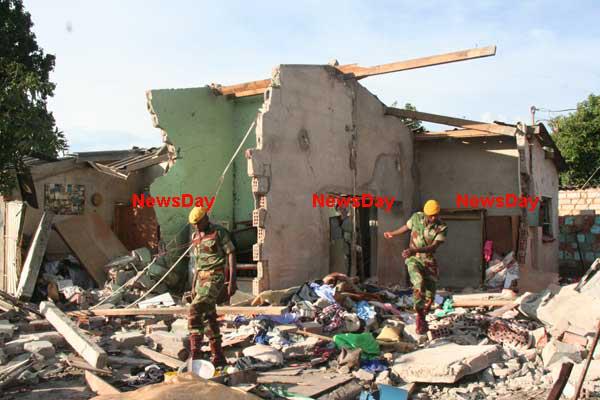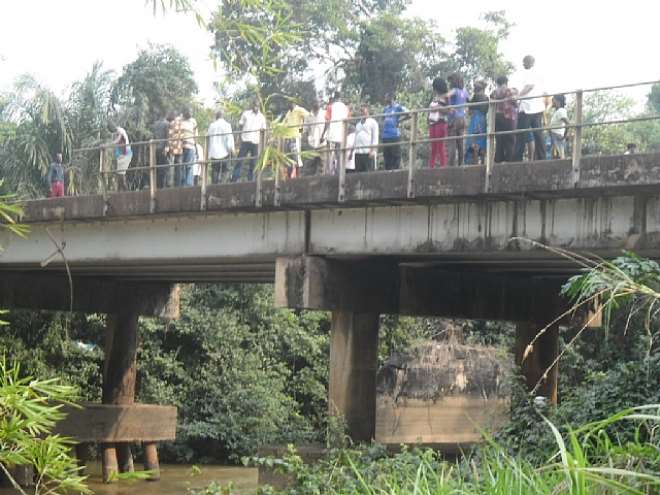
He was a boda boda rider, and not earning much. Because he wanted to make more money, he resorted to kidnapping people, including children.
“I was doing it for tycoons who came from Kampala and other places. I used to charge them sh200,000 for adults and sh350,000 for children.
“One day, I met a man who I did not know was a witchdoctor. He hired me to get him a young boy to take his teeth, ears, genitalia and heart. After I got the boy, he asked me to help him mutilate the child’s body, but I told him that I feared to do it.
“He pulled out a knife and started cutting off the parts he needed, saying it would stop the spirit of the victim from haunting us. With time, I gained courage in the business and he hired me to start doing this work for him. He increased my pay,” recounts a former child sacrifice agent in Buikwe district.
Another child kidnapper narrates how he was hired to get the blood of a virgin girl. He found a girl walking alone and kidnapped her, later mutilated her body and took selected parts.
“I packed them in my black polythene bag and delivered them to a witchdoctor,” reads the chilling confession.
These are some of the disturbing confessions contained in a 2013 report on child sacrifice and mutilation in Uganda, by Humane Africa, a charity organisation.
The report, which Sunday Vision has exclusively obtained, shows that every week, a Ugandan child is mutilated or sacrificed and body parts removed, often, while the child is still alive. The organs can be sold for between sh500,000 and sh1m, depending on the age of the victim and the period taken to hunt down the victim. One agent admitted to killing as many as 23 children in his lifetime, but from different localities.
The report is due to be released this Tuesday by HumaneAfrica in partnership with the United Nations Children’s Fund (UNICEF).
The research, which took place between June and September 2012, is based on about 140 first hand testimonies from 25 communities in nine districts, including Kiryandongo, Masindi, Wakiso, Jinja, Mayuge, Mukono, Masaka, Kalungu and Buikwe. Data was also collected using UNICEF’s U-report, in which young people used a free SMS-based system to speak out on what is happening in their communities.
Most of the children targeted were aged between three and 18 years. However, there are also a number of cases where mothers in their later stages of pregnancies were attacked and the foetus removed and mutilated.
The preferred body parts
Based on the interviews contained in this report, a total of 177 body parts were mentioned as missing from bodies. The tongue, female and male genitalia and blood seem to be the most sought after parts. Others include the head, legs, hair, throat, fingers, hands, eyes, arms, breasts, intestines, brain, ears, liver, teeth and kidneys. Others are nose, jaws, toes, the belly button and buttocks.
One victim’s mother in Masaka district recounts how her child’s limbs were cut off: “I took one glance at my child and could not take another look. He did not have arms and his legs and head had been cut off. I cried uncontrollably.”
Another father says his seven-year-old boy was found dead in November 2009 in Nyenga village, Buikwe district. “My son’s body had a missing finger, genitalia, his two eyes and one tooth were also missing. He was left naked with a traditional cloth in his mouth.”
What for ?
According to the report, these body parts are taken by people who believe that they will assist with a number of issues that include: Overcoming illness, gaining wealth, obtaining blessings from ancestors, protection, initiation, assisting with conception and dictating the gender of the child.
A woman in Buikwe district told researchers that when she had a bedwetting problem, she was given a young boy’s genetalia to help ease her problem.
“It was black and stiff. I tied it around my knickers for two days,” she says.
Another traditional healer’s son said his relatives used to treat people’s illnesses using body organs like fingers and to initiate people into traditional healing.
Way Forward
Simon Fellows, the HumaneAfrica Director, says the report should provide an opportunity for stakeholders to forge a way forward.
Copies of the report will be made available during the launch at UNICEF offices on Tuesday, January 22.
In light of this report, the gender, labour and social development ministry needs to implement a deliberate action plan on child sacrifice.
The deputy Police spokesperson, Ibin Senkumbi, declined to comment before reading the report, but states that 2012 had fewer cases of child sacrifice compared to past years.
Tuesday 22 January 2013
http://www.newvision.co.ug/news/639113-child-body-parts-sold-at-sh0-5m-says-report.html









